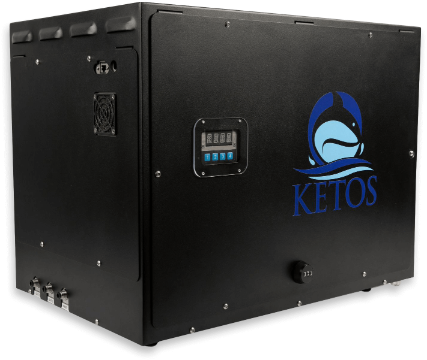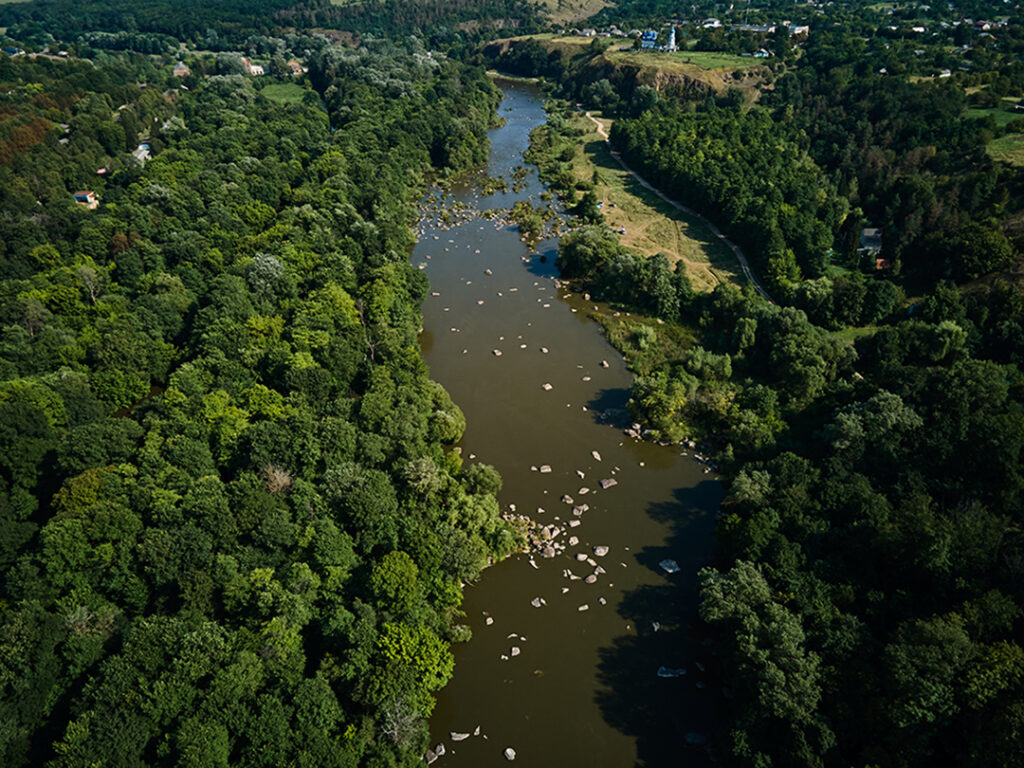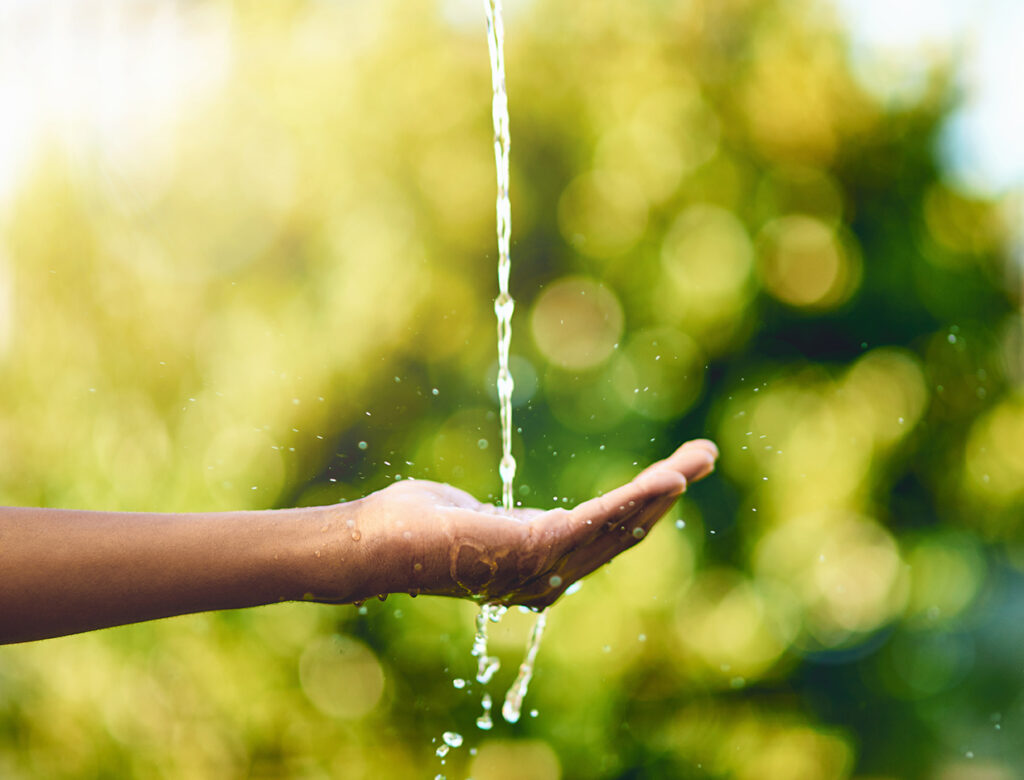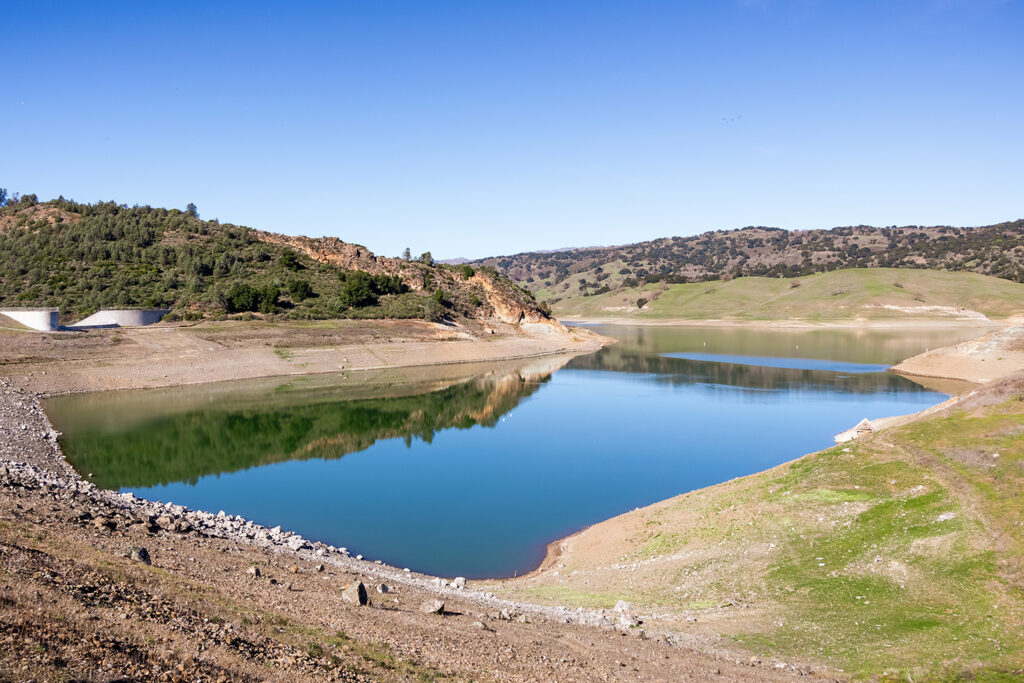Learn How Automated Water Sampling Saves Cities & Businesses Hundreds of Hours Each Year…

PFAS Exposure In the USA
WEBINAR: Operational Value of Water Quality Intelligence in Agriculture
Oct 23, 2024 at 11:00 AM EST
Leveraging automated water solutions ensures contaminants can be detected quickly should they enter natural reserves, wildlife conservation areas, wetlands, and other sensitive ecosystems. By detecting issues quickly, remediation can happen faster, drastically reducing the potential damage to our most sensitive water resources.

Get water composition insights to help manage water resources to streamline conservation efforts.
Leverage automated testing (even in remote areas) for a hands-off approach to ongoing water quality monitoring.
Monitor water quality across dozens of parameters from one device to understand and manage water health and composition.
Place devices strategically across watersheds or water entry points to test and compare different geographic areas.
Save time and money on manual monitoring and lab costs by testing and gathering water quality reports in-house.
Timely results allows communities to act proactively and prescriptively to protect sensitive water bodies.

Surface runoff can decimate the water quality of sensitive aquatic ecosystems. In Mexico, one such lake, necessary for both local communities and surrounding farms, has faced decades of contamination. Now, there’s a push towards reversing the damage. To help stop eutrophication and return the lake to ecological balance, KETOS has deployed its autonomous water monitoring solutions. With the help of real-time monitoring and meaningful insights, organizations are better able to understand, at a granular level, the lake’s health and root causes for eutrophication. Read our case study to learn how KETOS is being used to empower decision-making and education while restoring the lake’s ecosystem sustainably (and with community support).



Almost 75% of all water withdrawals come from surface water. In addition, a significant amount is returned to lakes and rivers after use via municipal sewers and treatment plants. Whether withdrawing or returning surface water to sources, more work must be done to help monitor water quality as a first step in protecting water health for the long term.
Traditionally, however, monitoring quality has been challenging. It requires individuals to visit sites and pull manual samples that need to be sent to a lab for analysis. Reporting is siloed and hard to interpret. The entire process is arduous, expensive, and time-consuming.
Technology is changing everything. With KETOS, for example, water testing becomes autonomous. Devices can be placed on-site, and testing can be customized so that users can set their parameters and cadence – meaning they can test for a variety of items more often for pennies on the dollar. The result: more useful, timely, and targeted data that helps conservationists and operators understand the health of water both in real-time and over time.
With KETOS, frequent remote monitoring of source water, discharge water, surface water, etc., can help organizations monitor for and identify issues that ultimately impact surface water quality. In some cases, consistent monitoring can also identify problems before they emerge. But with more freedom to test more often and at less cost, water operators, conservationists, and regulators will have more information at their fingertips that can help protect water resources in a meaningful way.
Learn more about surface water monitoring and surface water’s impact on industry in our application fact sheet.
Have A Question? Request Your Demo >
"*" indicates required fields
Subscribe to our newsletter to stay updated with the latest water insights.
"*" indicates required fields
Copyright © All rights reserved.